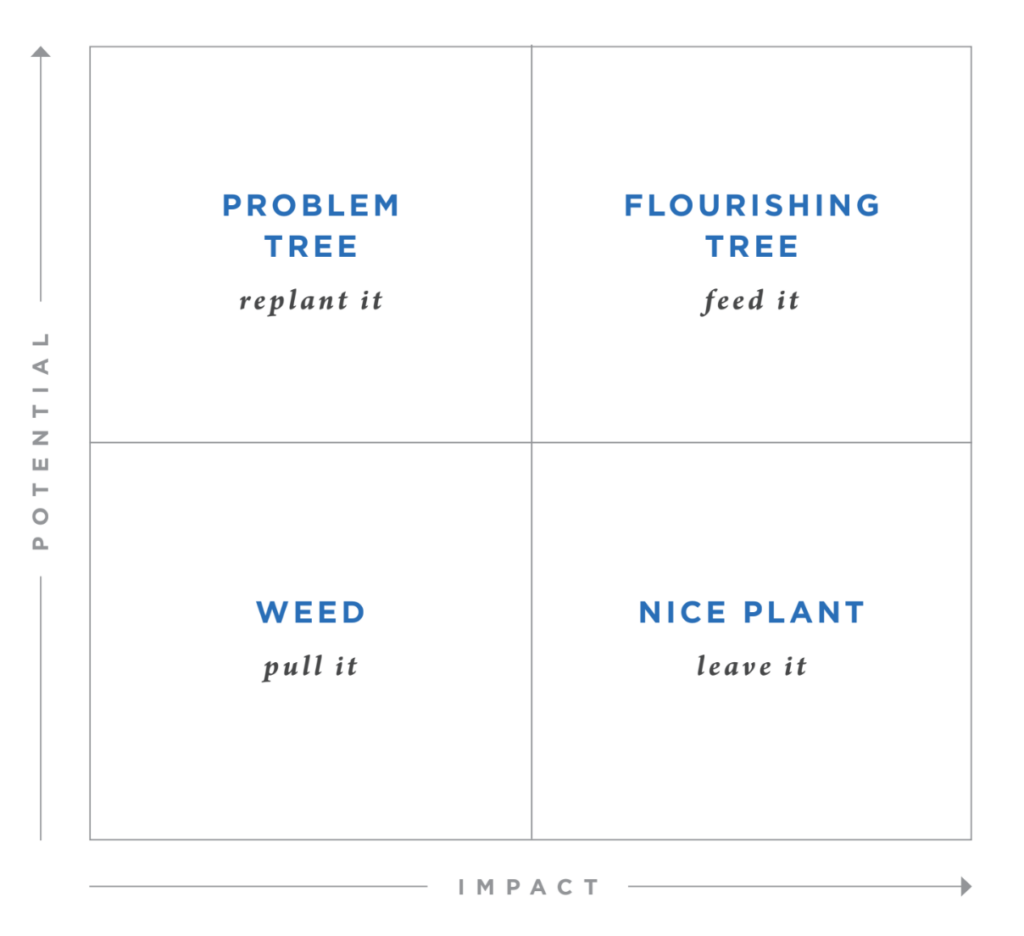Nearly 18 years ago, Thom Rainer and I wrote Simple Church, a research-based book that showed how thriving churches were much more likely to be deeply committed to a strategic process for discipling people than non-thriving churches. It was the non-thriving churches that offered lots of programs and were bloated by an abundance of activity.
For several years after the release of Simple Church, one of the most common questions was: “I know we are too busy as a church. But how do we know what to trim?” Thom and I always answered that the local leader knew the context better than we did and that each situation is different, but the most important principle is that programs must be tools for the mission of making disciples. Programs exist for people, not people for programs. In other words, don’t begin any church calendaring discussion by thinking about your programs, but begin with thinking about your discipleship process.
But still people wanted a tool, something to help them think through all the programs they have. If a ministry leader thinks about all of your church programs as a “portfolio of programs you offer to people,” then there is a popular framework that could be of some help. In 1979, Bruce Henderson developed a helpful framework for organization leaders to think about products in their portfolio—based on the anticipated growth or retraction of a market and the effectiveness of a particular product. He concluded some products needed to be resourced more and others needed to be removed from a portfolio.
Of course, there is a better way to think about church programs than “a portfolio.” We can think about the garden or field that God has called us to steward, as the Apostle Paul tells the Corinthian Christians that they are “God’s field, God’s building” (1 Corinthians 3:9). When God placed Adam in the Garden of Eden, he was to “tend to it and watch over it” (Genesis 2:15), and we must also steward the garden God has placed us in. Because God can use programs/events to feed and nurture the people, “watching over” should include stewarding the programs that are offered to people. Not every church program should be viewed the same or receive the same resources, attention, or energy.

Some church programs are weeds that should be pulled. Others are flourishing trees that should be steadily resourced and fed. How do you know the difference? This tool can help.
I have adapted Henderson’s framework, with a conviction for stewardship, for church leaders and it is attached here.





